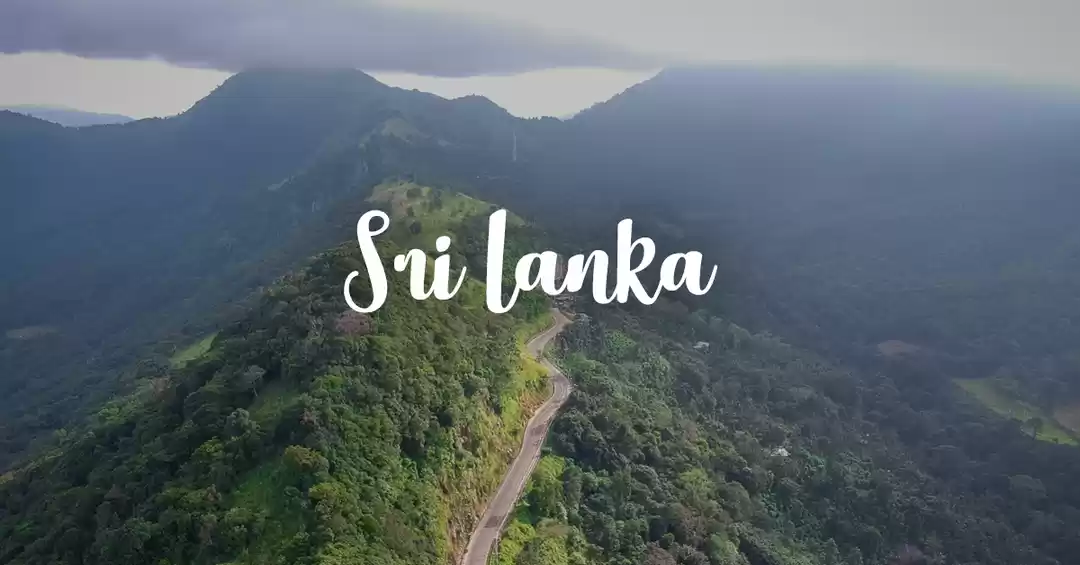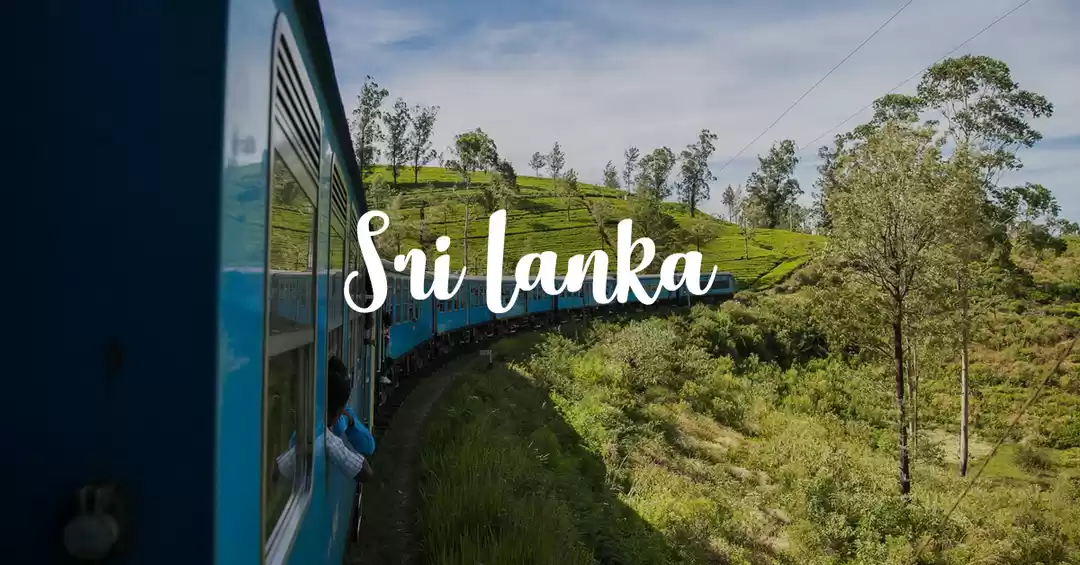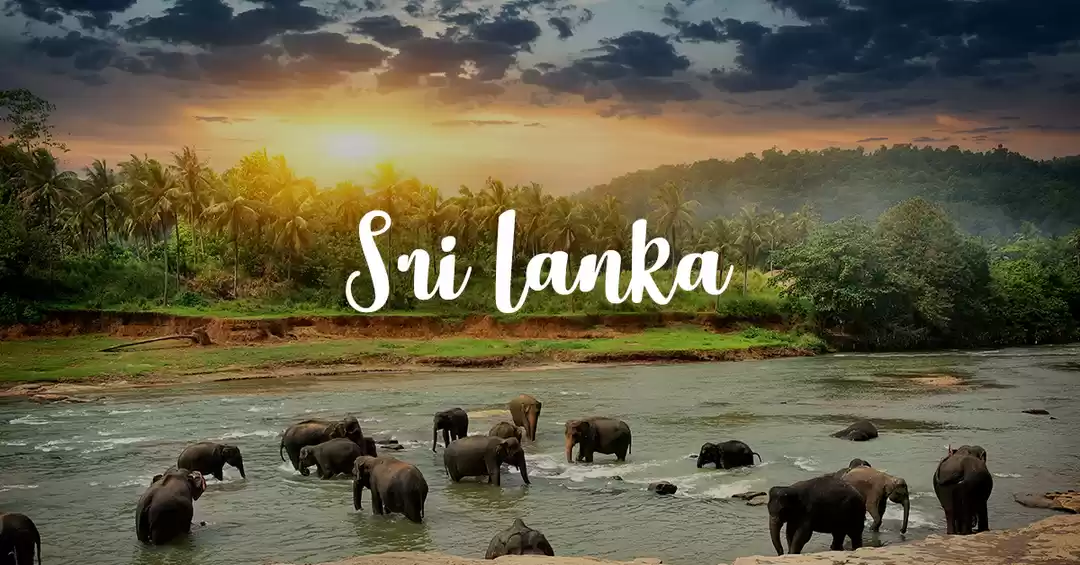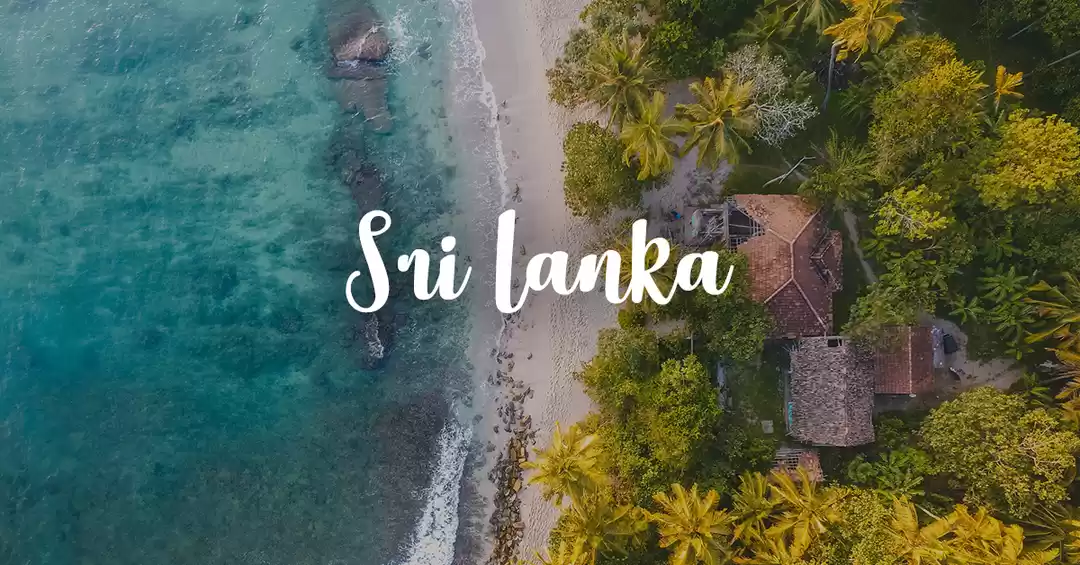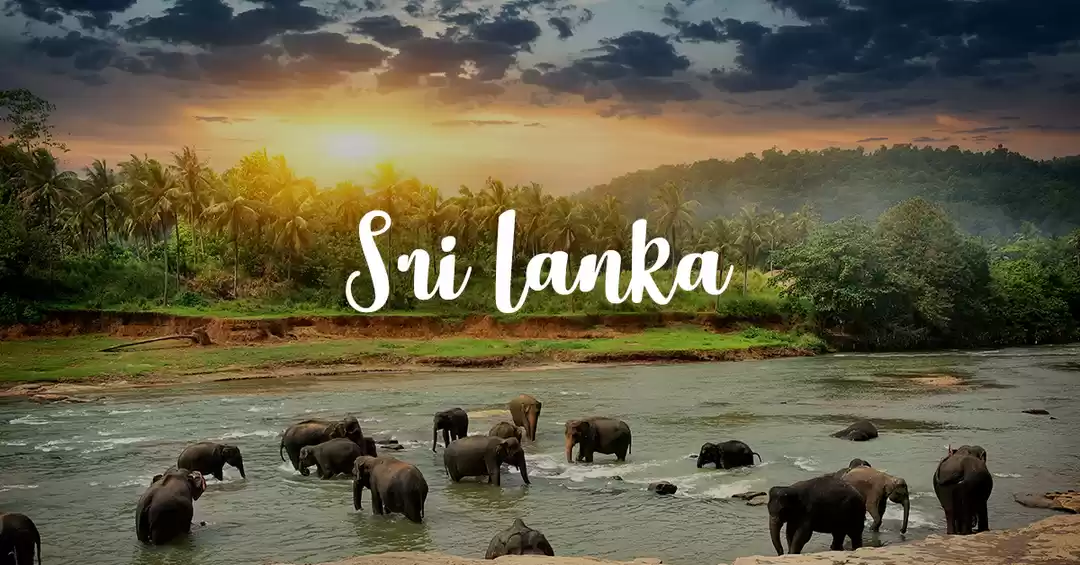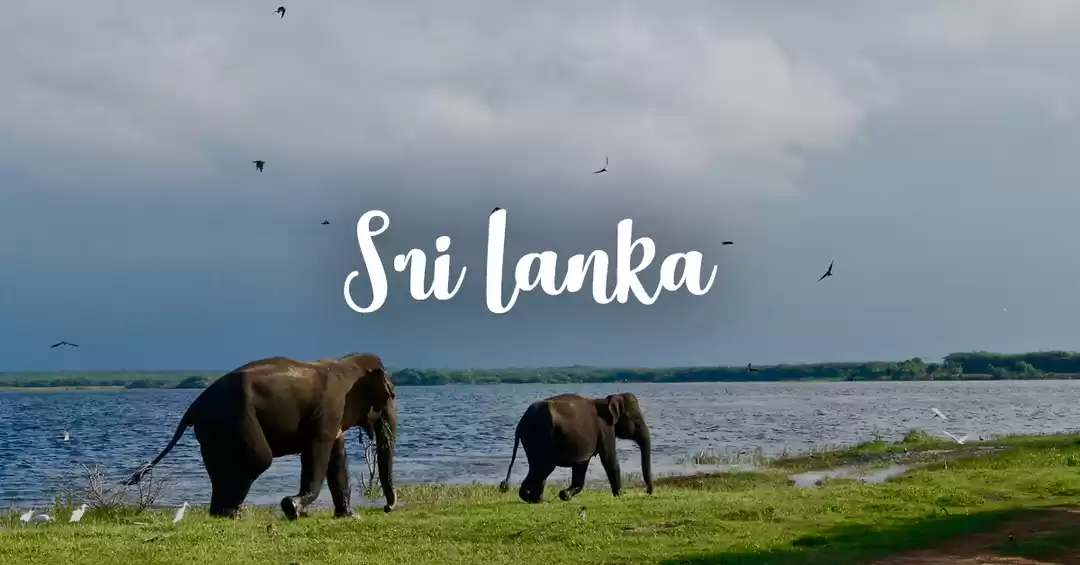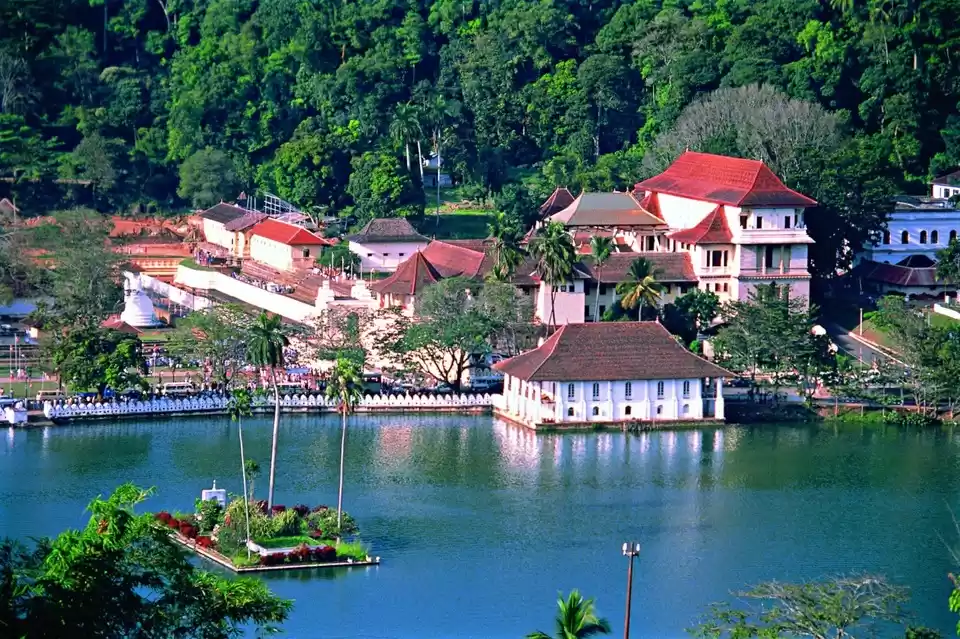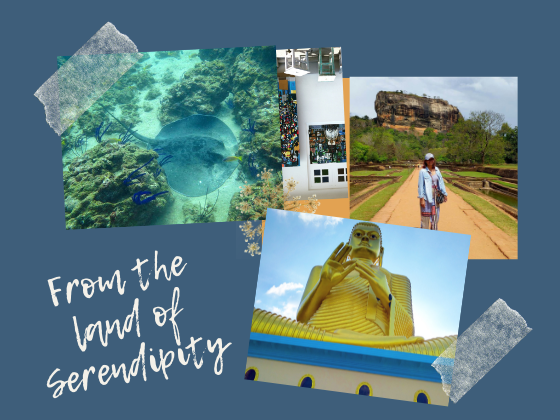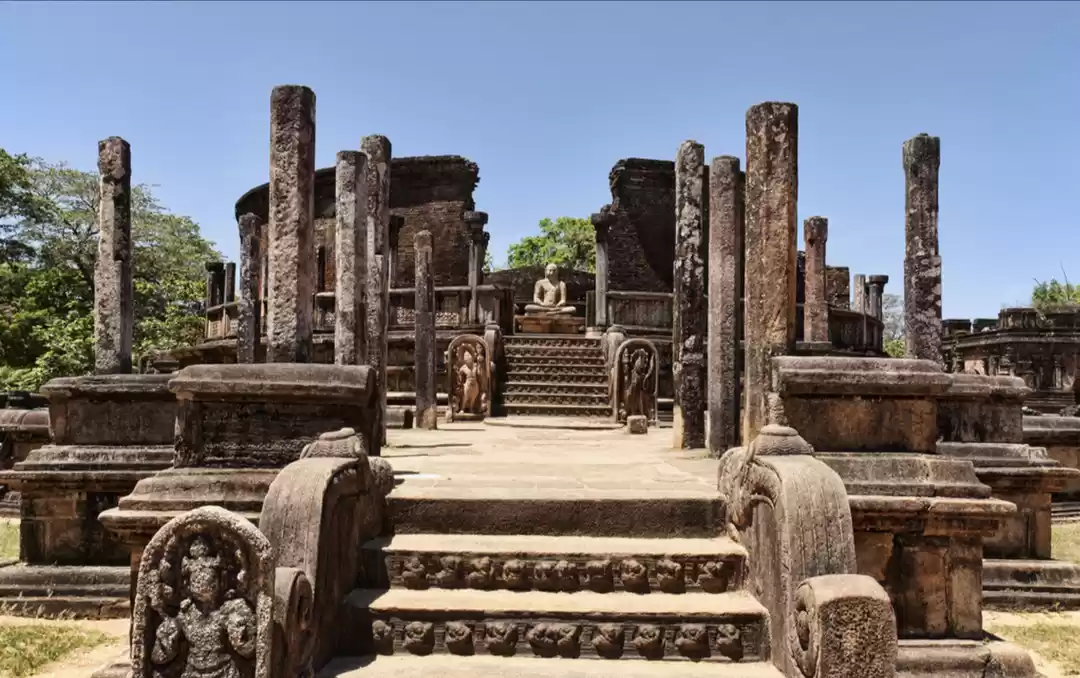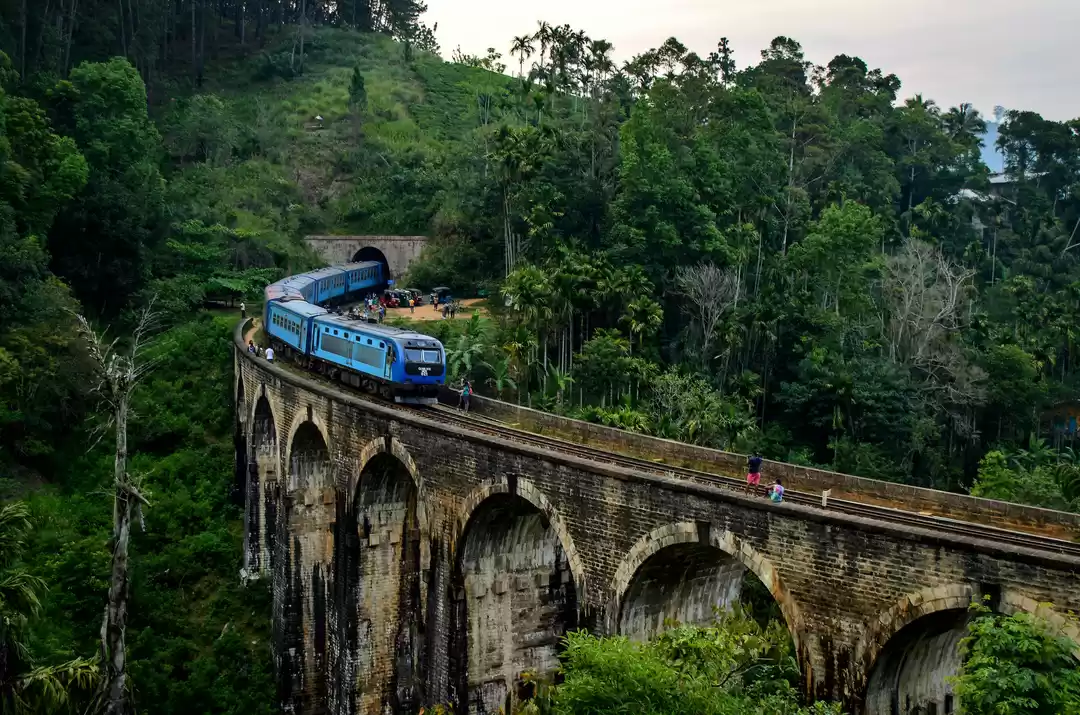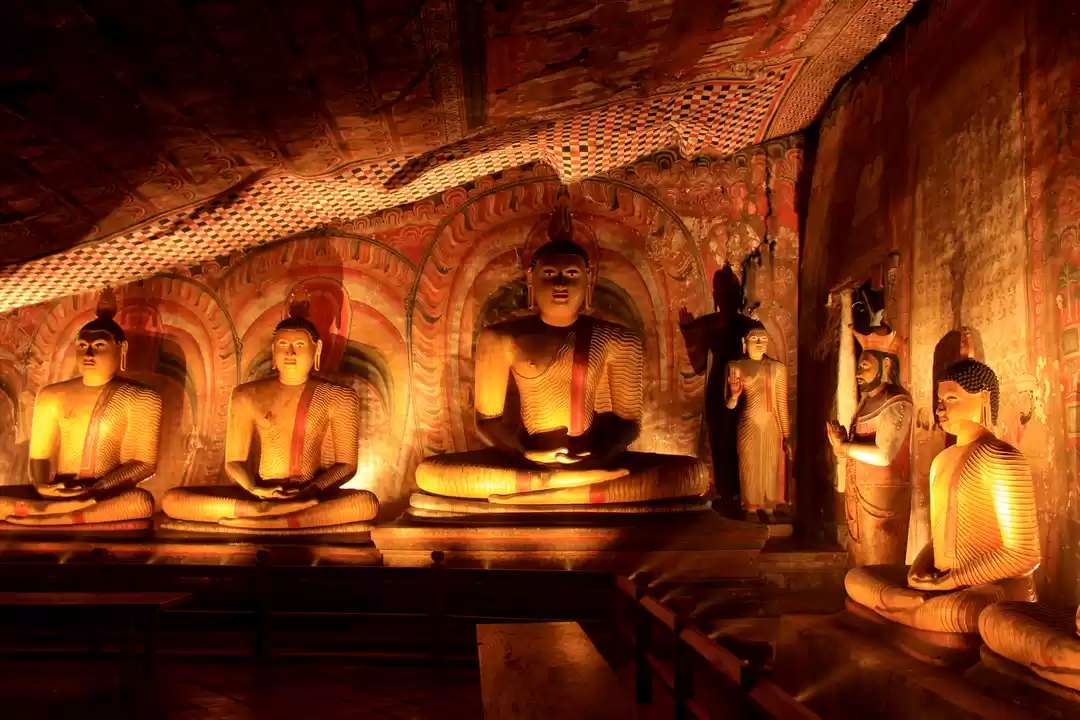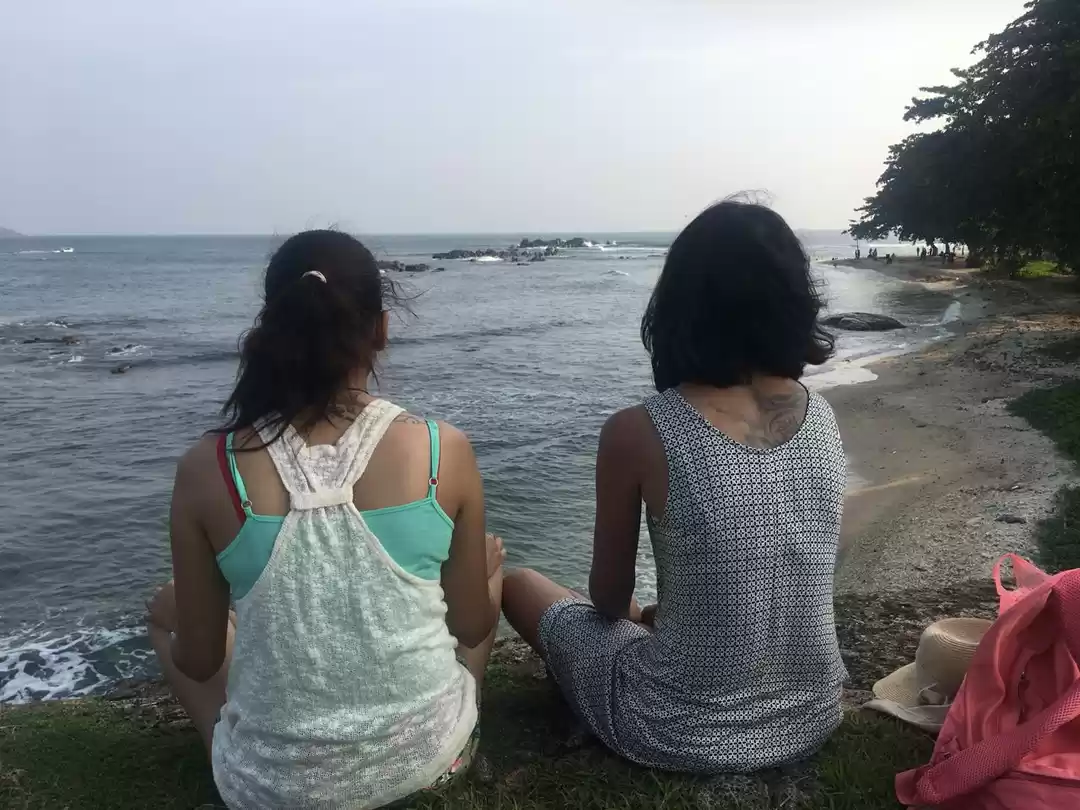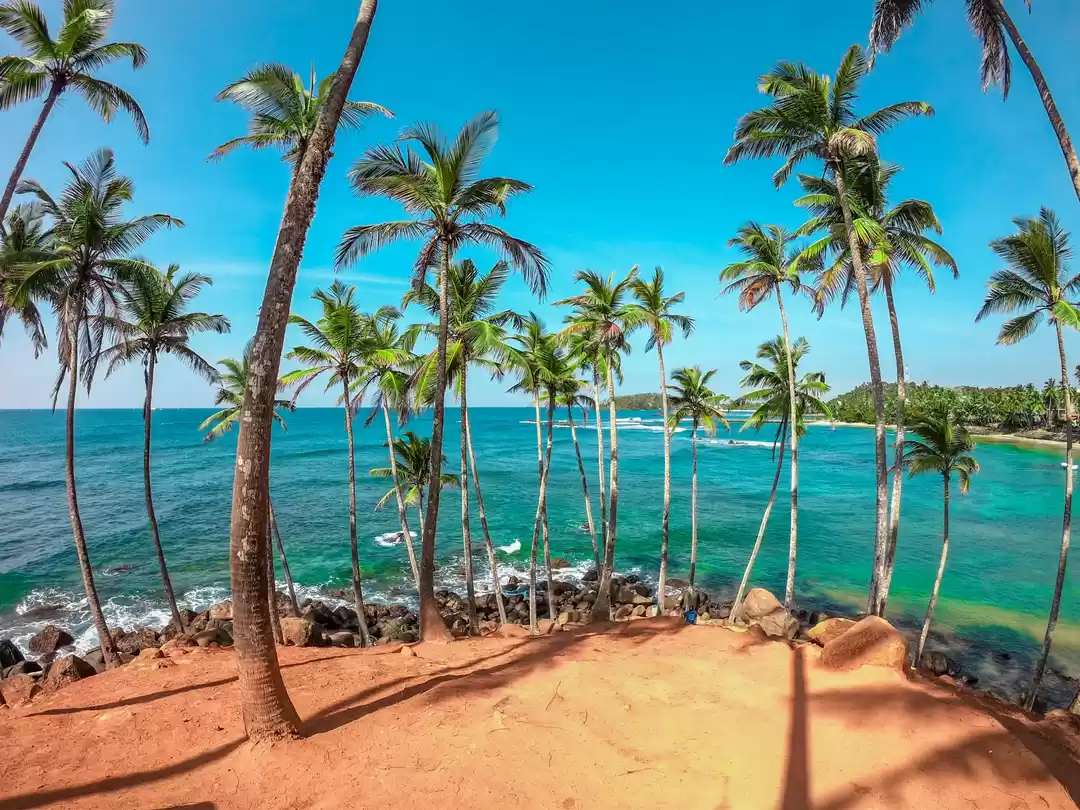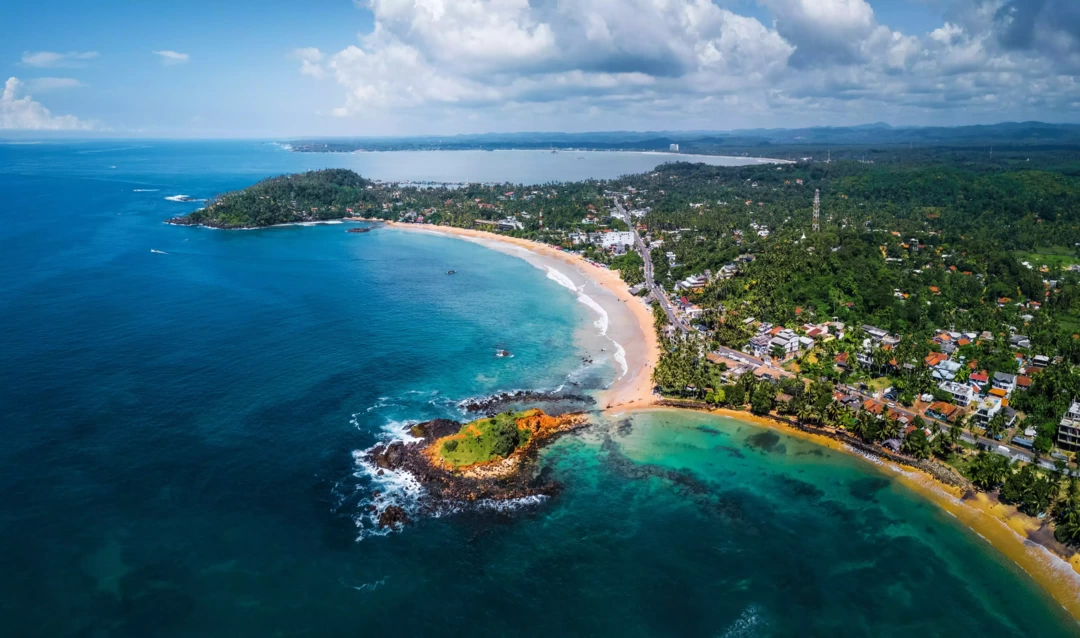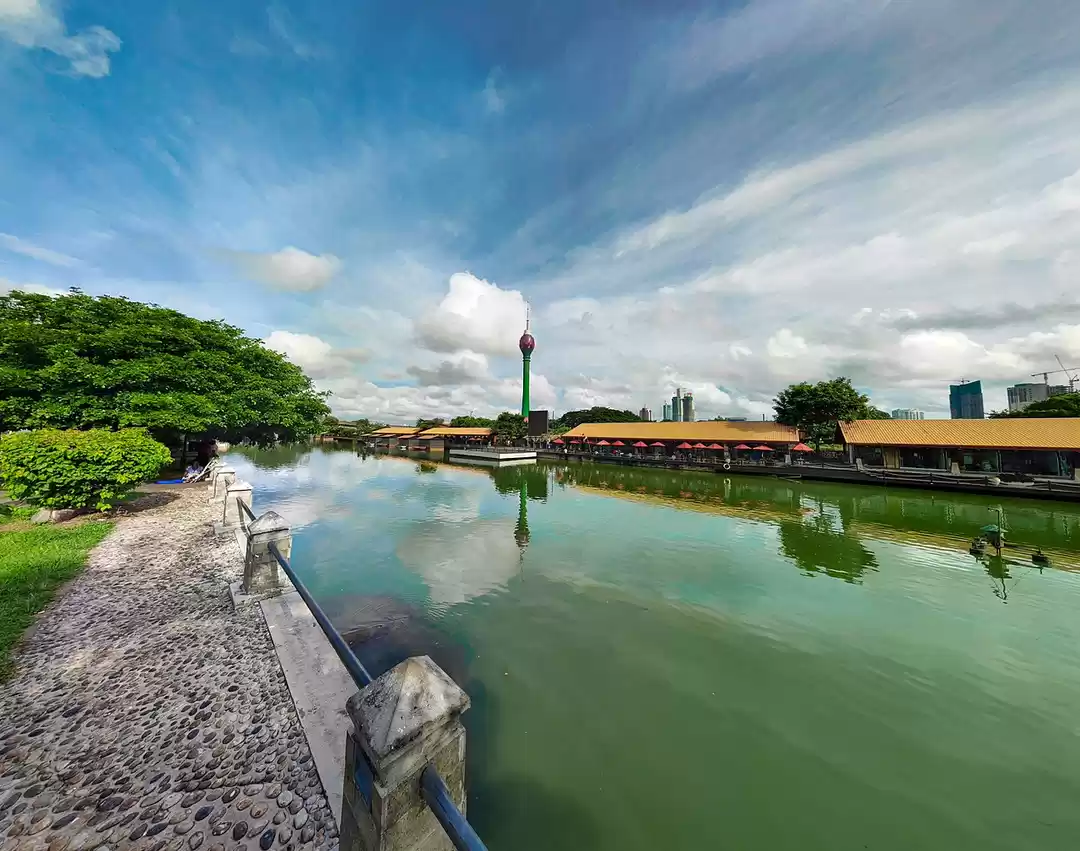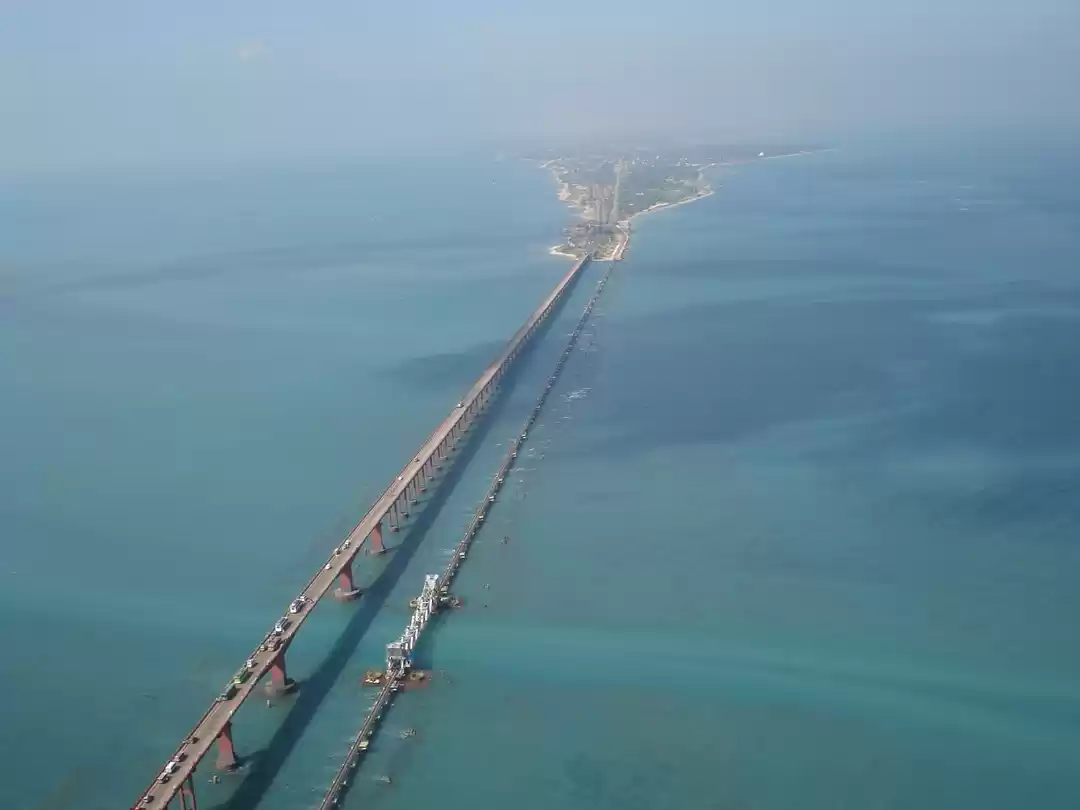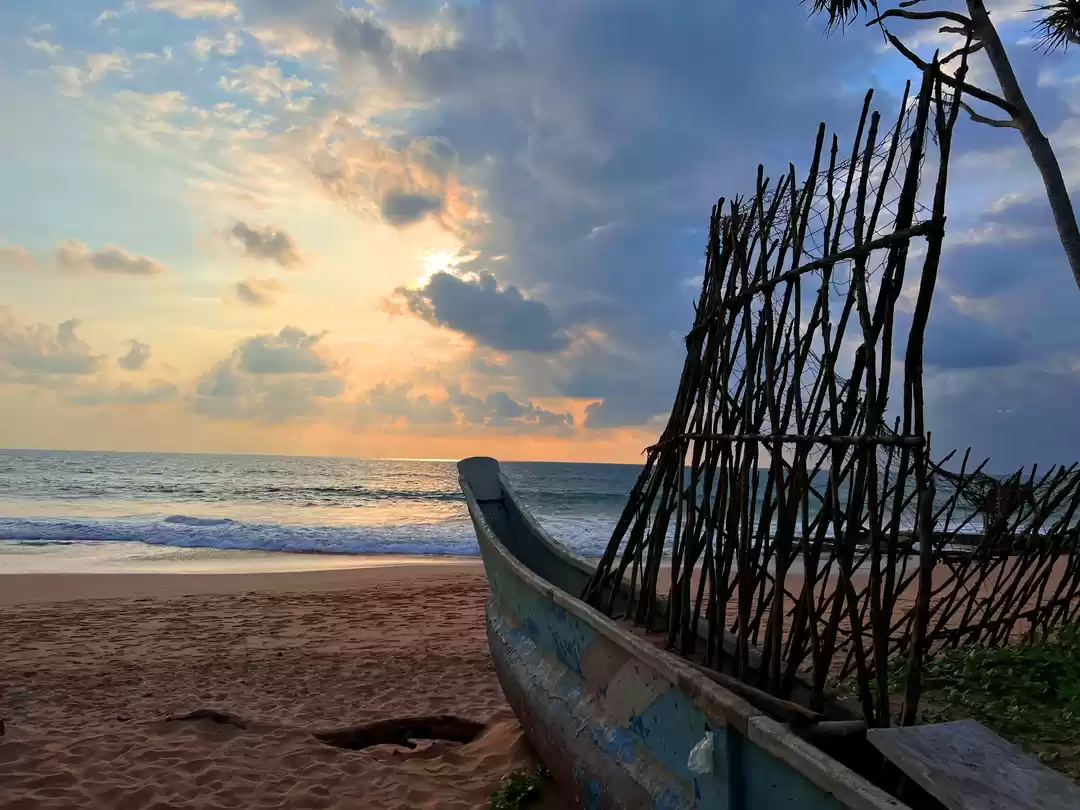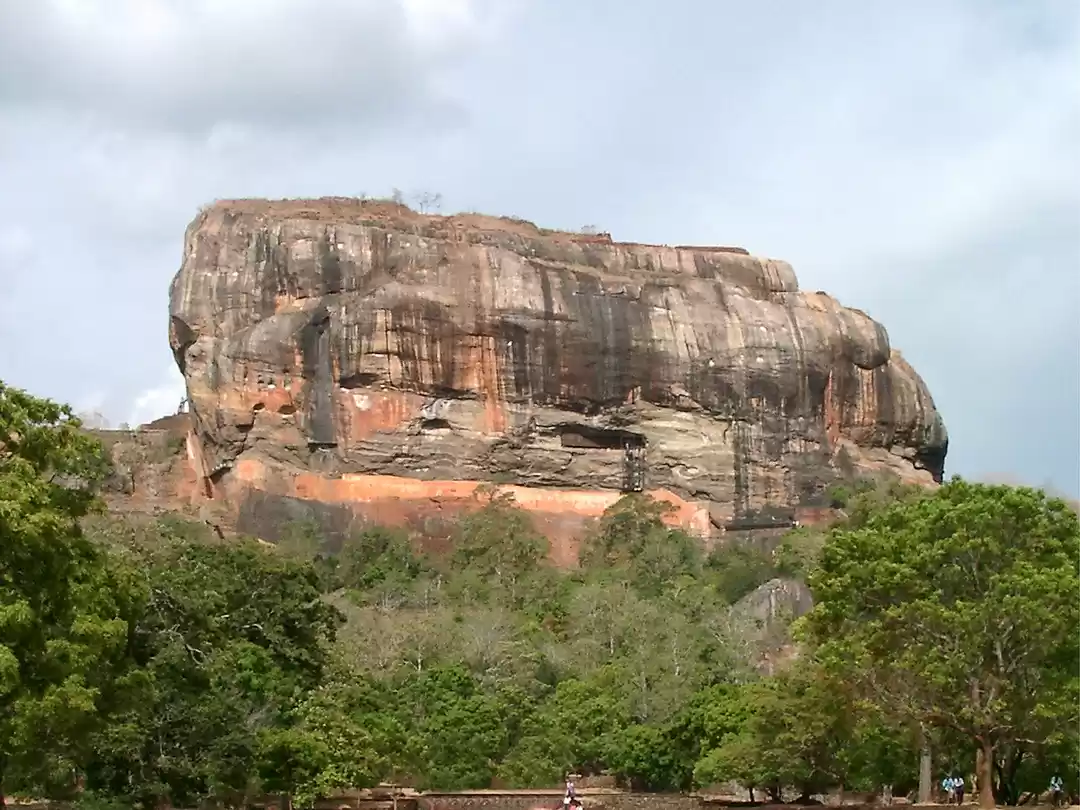Sri Lanka is a melting pot of different cultures and ethnicities, and nothing captures this mishmash of cultures quite like the Munneswaram temple. While it is one of the country’s most prominent Hindu temples, there are many different beliefs on its origin and its purpose.
History
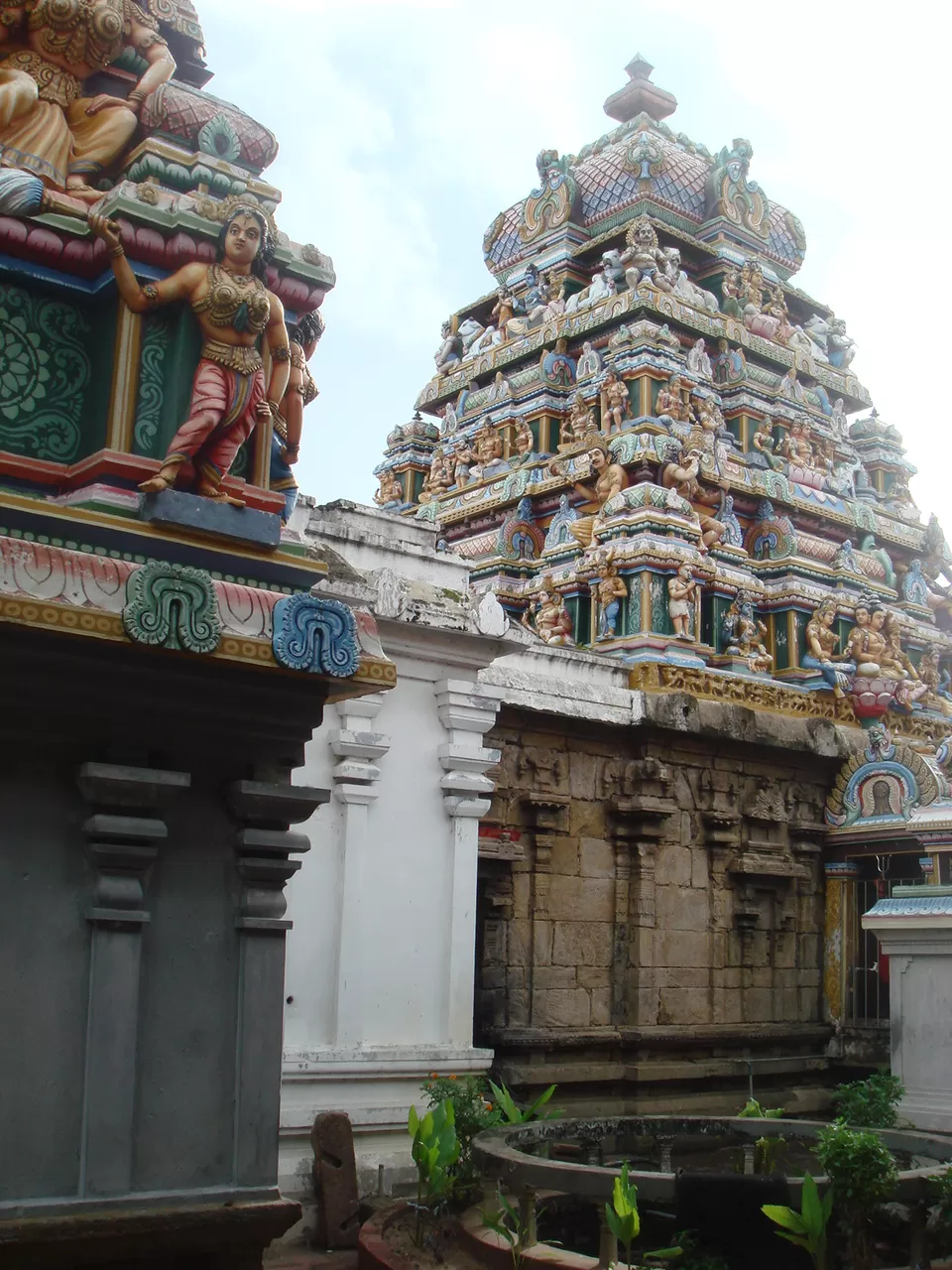
Situated in the Puttalam district, it is believed that Munneswaram temple has been in existence since 1000 CE. The temple complex consists of five temples, including one Buddhist temple. The central temple is dedicated to the deity Shiva (Siva); making Munneswaram one of the five ancient temples in Sri Lanka dedicated to Shiva, along with Koneswaram (Trincomalee), Naguleswara (Keerimalai), and Thiruketheeshwaram (Mannar). Apart from the Shiva temple, the remaining temples are dedicated to the God Ganesha, Ayyanayake, and Kali.
The temple is situated in the village of Munneswaram; it was the centre of the religious and spiritual life for the 60 surrounding villages in the Munnesewaram division, and in medieval times the temple provided political leadership since the semi-independent Tamil chiefs, who were subject to Sinhalese kingdoms, governed it. After that the temple withstood many changes, going through periods of destruction and reconstruction, of abandonment and resettlement.
Myth

As previously mentioned, there are many myths about the creation of the temple. One of these beliefs is that the temple was built on the place where Rama of Ayodhya, prayed to Shiva after his war with the demon-king Ravana of Lanka, in the epic Ramayana. Sinhala Buddhists associate Munneswaram with the deity Kali, believing that this is where she landed from India, thus creating the Kali temple. Kali is widely regarded as being the destroyer of evil, which why the Kali temple is a sorcery and cursing shrine, often linked to spirit possession. The Shiva temple is historically attested in grants and local literature.
Another myth amongst Tamils is that a Chola King, Kullakotan, renovated the temple. Legend has it that the king had an incurable skin disease, but was cured after taking a bath in the ruined temple’s holy pond. After that, he ensured to rebuild the temple and created a community of temple caretakers. The Sinhalese equivalent to the myth is that the king was either Rajasinghe or Bhuvanekabahu, who prayed to the goddess to cure his affliction, and subsequently went on to restore the temple.
Religion

Now, the Munneswaram temple is renowned for Navaratri - dedicated to various aspects the presiding goddess- and Sivaratri- dedicated to Shiva- celebration/festivals. These functions are primarily for Hindus, but the annual Munneswaram Festival is an important event in the temple’s calendar, not only attracting Hindus, but also Buddhists, Catholics, and even Muslims. On the penultimate day of the festival, there is a procession and it truly is a sight to see. An image of the goddess is placed on a wooden chariot and pulled around the temple by devotees. On the final day, devotees take two large chariots to the Deduru river, where they dip images of the goddess.
Munneswaram seems to perfectly capture the essence of Sri Lanka; it is a site of history, myth, and worship each linked to different ethnic groups of the island. Its long history shows how intertwined things are in the country, from myth and history, to the entwining of two different religions. Munneswaram temple is a must-visit site, especially if you’re pressed for time. It is only a short drive away from Negombo beach, and hotels like Club Hotel Dolphin organise tours for their guests— this experience is highly recommended.



